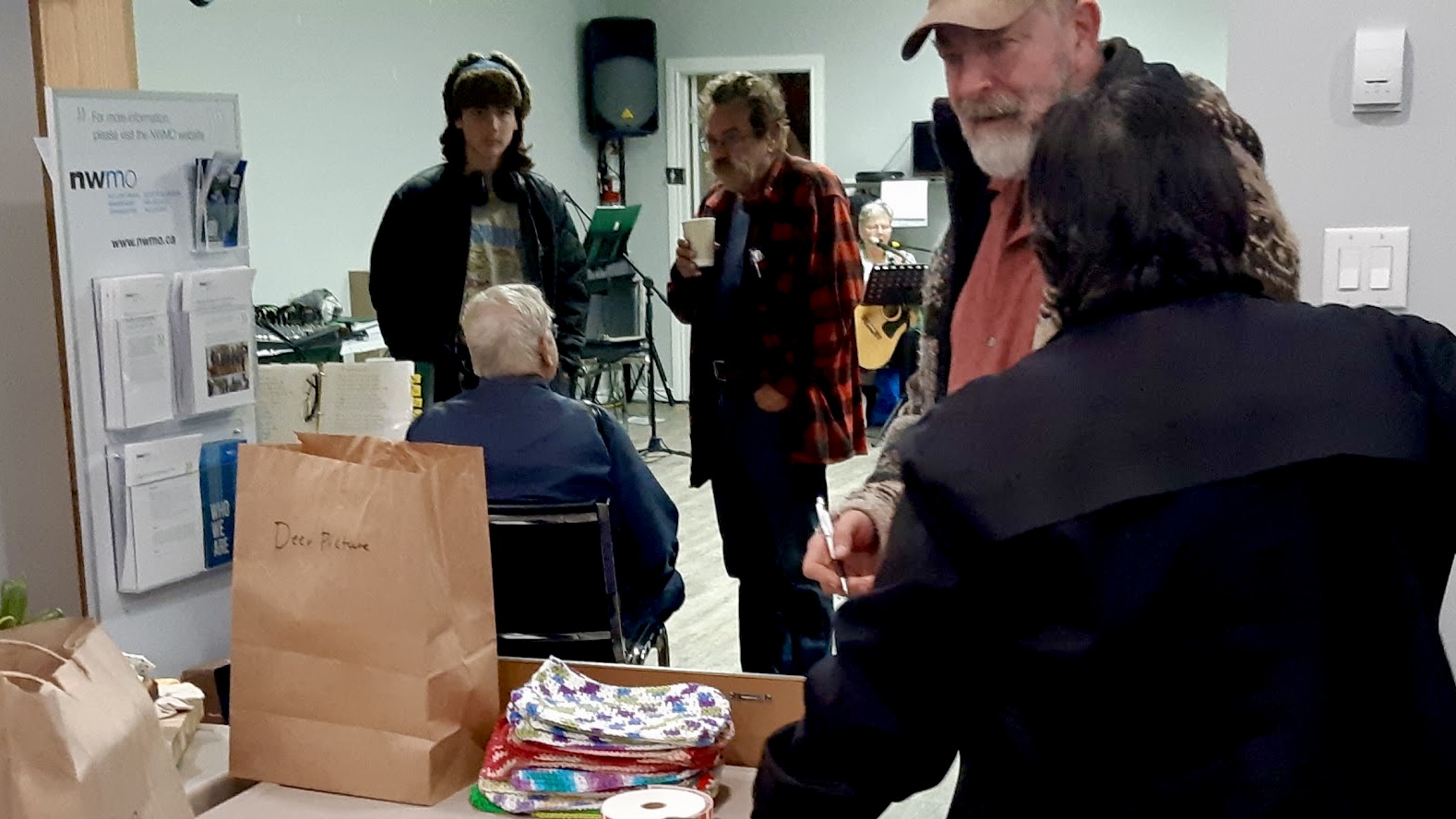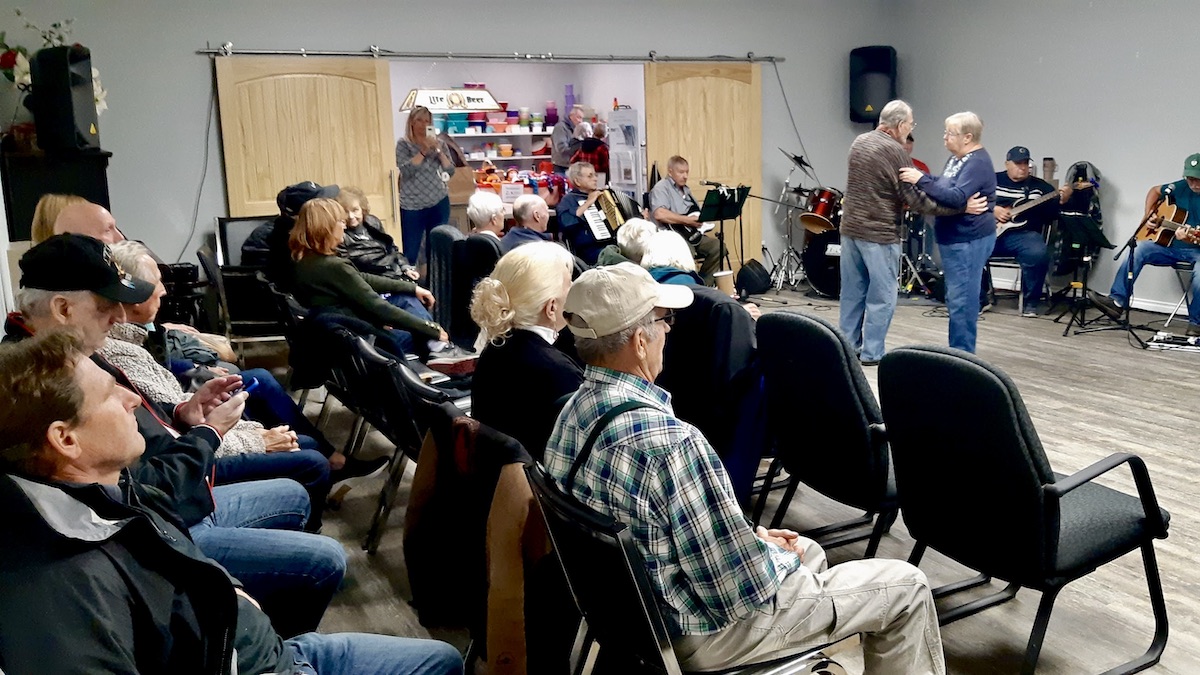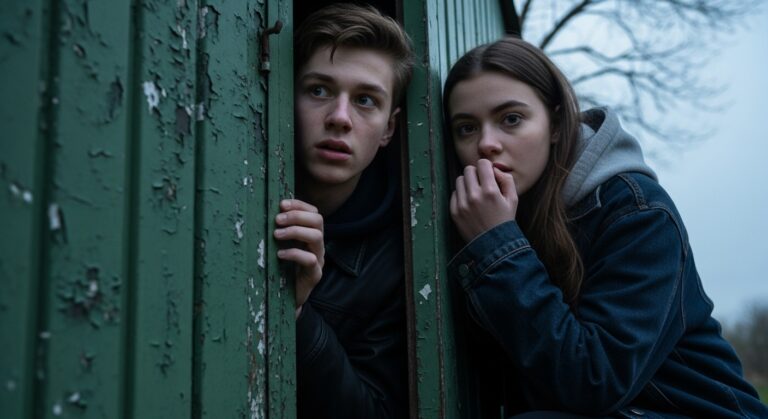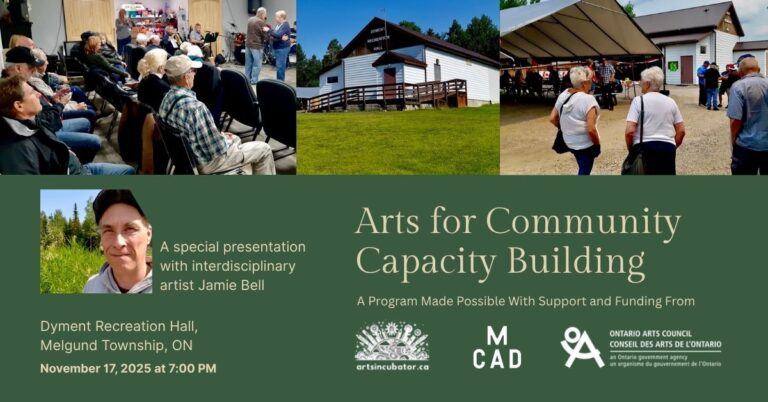
Governance 101 — Part Three: Working Together
The healthiest nonprofits and arts collectives are the ones that understand balance.
When everyone knows their role — and respects the roles of others — the whole organization moves more smoothly. Confusion happens when lines blur: a board member begins telling staff how to set up an event, or a volunteer tries to influence the long-term direction of the collective. These overlaps don’t always come from bad intentions; often they come from people caring deeply. But without clarity, even good intentions can cause tension.
Take this example: a board member jumps behind the merch table at an event because the lineup is long. That’s great — the help is appreciated. But in that moment, they’re acting as a volunteer, not as a board member. They aren’t making governance decisions or representing the board’s oversight role. They’re simply stepping in to help the event succeed. It’s important to be able to name this distinction, because it prevents confusion for staff, artists, and the public.
The clearest way to think about balance is to imagine a set of lanes. The board sets the direction — defining priorities, ensuring the mission is upheld, and approving budgets. The staff or collective leads translate those priorities into action by designing programs, managing operations, and running events. The volunteers bring the details to life, offering time and energy to make programs possible. Each lane matters, and when everyone stays in their lane, the organization functions with less friction and more trust.
In small groups, especially grassroots arts collectives, the lanes can feel blurry because people often wear multiple hats. A board member might also be an artist, a volunteer might also be on a committee, and staff might help with long-term planning. That flexibility is normal — even necessary — but what matters is the awareness of which hat someone is wearing at a given moment. When roles are clear, switching hats doesn’t create confusion. When they’re unclear, it can feel like people are stepping on each other’s toes.
The payoff of clarity is sustainability. When boards focus on governance, staff on operations, and volunteers on support, the organization builds a foundation of trust. This doesn’t just reduce conflict; it allows everyone to contribute where they’re strongest. Boards bring strategy and accountability, staff bring management and program delivery, and volunteers bring community energy. Together, these roles create a whole that is far greater than the sum of its parts.

Collaboration, Clarity, and Communication: The Keys to a Healthy Arts Sector
Ultimately, a healthy arts organization isn’t just about what boards or staff and volunteers do individually; it’s about how they work together. Building a culture of clarity and mutual respect is essential for building nonprofit capacity in Northwestern Ontario.
When everyone understands their role and communicates openly, the arts community as a whole benefits. This shared understanding reduces friction, prevents burnout, and ensures that the collective’s energy is focused on its mission, not on internal conflicts. Investing in these fundamental principles of governance and collaboration, we are building a more resilient and sustainable northern arts sector for the future.
Consider these questions for our Wednesday group meeting:
Discussion Questions
Here are some questions to spark conversation about how your collective can improve its collaborative work:
- Can you think of a time when unclear roles caused a problem or tension within our group? How could that have been avoided?
- How can we, as a collective, work to make the “hats” people wear more visible and clear to everyone?
- What is one communication practice we could adopt to ensure there’s a smooth flow of information between the board and the on-the-ground team?
- How can we best celebrate and acknowledge the distinct contributions of boards, staff, and volunteers?
- What is the most important “lane” for our collective to focus on strengthening right now, and why?
About the Program
The 2025 Melgund Township Spring and Summer Arts Incubator is a transformative professional development series for artists and arts professionals across Northern Ontario. We’re here to tackle the real barriers that keep local creators from thriving in their own communities, from geographic isolation to limited funding. Our workshops and seminars are all about giving people the skills they need for creative self-determination—things like governance, project management, and strategic planning. By putting our northern artists in the driver’s seat, we’re working to build a strong, lasting Ontario arts economy right here at home. This isn’t just a program; it’s a movement to ensure our talented creators don’t have to leave the North to succeed.
A special thank you to the Ontario Arts Council Multi and Inter-Arts Projects Program for making this year’s summer incubator program possible. This season runs until the end of October, and will continue with our Fall and Winter program.





